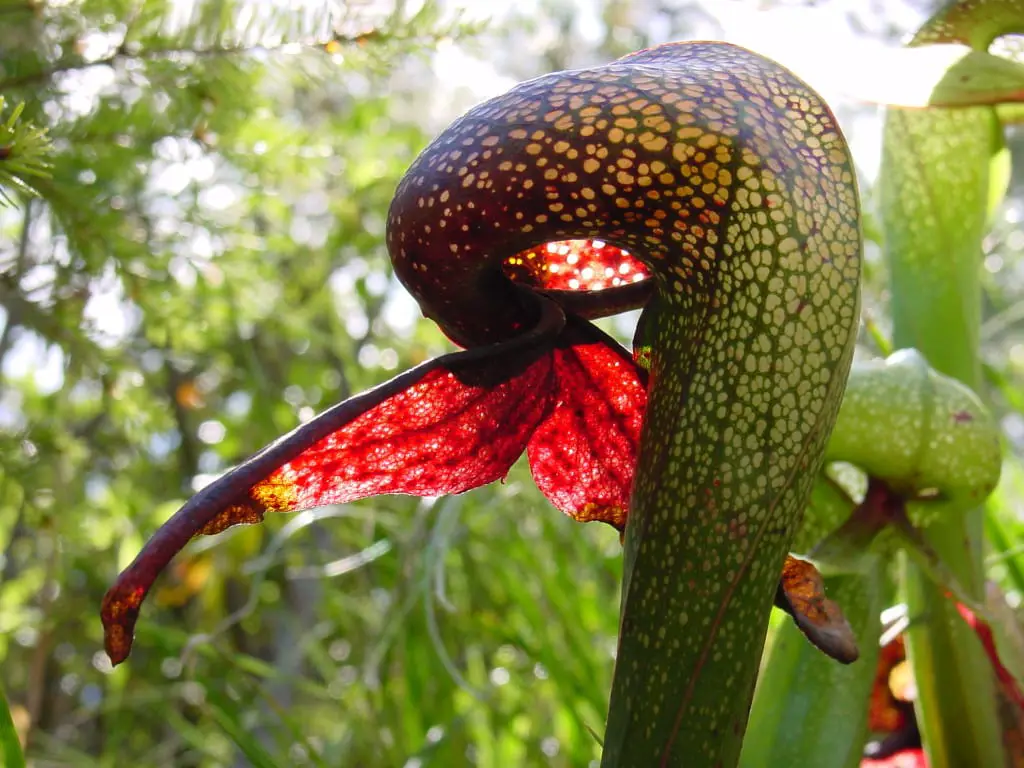
Carnivorous plants have attracted human attention for some centuries, especially since the scientist Charles Darwin himself published in 1875 his first description of these curious and strange plants.
Until that moment it was not known what they really were, since a plant should not be able to hunt insects, right? Discover the strangest curiosities of the world of carnivorous plants.

Well, the truth is that no. These types of plants are the fruit of years of evolution and adaptation to an environment in which they barely find enough nutrients to grow and develop properly. That is why they have had no choice but to become predators, a word that, although strange when it comes to plants, describes the reality of these beings.
About 12 genera are known, among them are the Dionaea (the popular Venus flytrap), Drosera (in the photo above you can see the Drosera regia), Darlingtonia (like the one that appears in the photo that heads the article), or the Sarracenia . But if you think few genera, let’s move on to the species. Around 700 species of carnivorous plants have been discovered. They are in high demand among fans of strange plants, in fact in the Liberec Botanical Garden, located in the Czech Republic, you can find the largest number of carnivores in the world. At a private level, records have also been achieved: in Colombia, two friends have achieved gather around four thousand copies corresponding to 85 different species … in a courtyard!

Although these plants need to feed on insects in order to survive, they have a very good relationship with their pollinators. For example, the Dionaea muscipula makes the flower stem grow about 15cm to prevent pollinating insects from getting caught in their traps. And speaking of traps, depending on the gender it is, these can be shaped like jugs, urns, suction bladders, sticky hairs or mouths.
We end this article with another curious fact: some species, such as the darlingtonia californica or all of the genus Sarracenia, can acquire a more intense color in summer if the sun hits them directly. Something that makes them even prettier, don’t you think?

